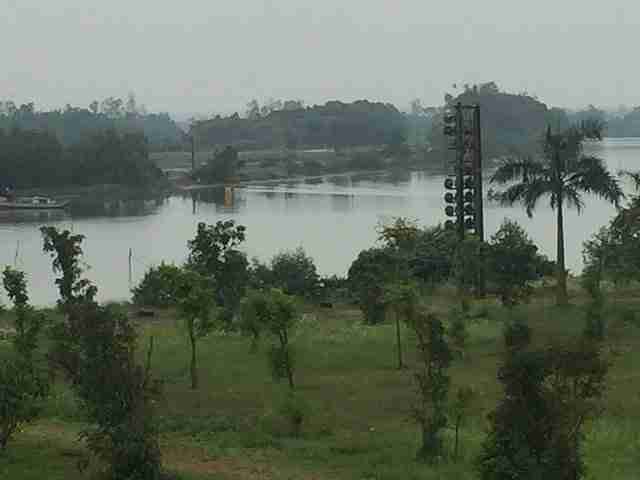We continued on our trip after finishing the first part through the De-Militarized Zone (DMZ) along with our guide a veteran of the Vietnam War.
Read More On Vietnam
- Tipping in Vietnam – Is Tipping Expected in Vietnam?
- How Much Does Beer Cost in Vietnam?
- Does Vietnam Have Good WiFi?
- Things To Do in Halong Bay Vietnam
- Does It Snow In Vietnam?
- Things To Do In Nha Trang Vietnam
- Can You Flush Toilet Paper in Vietnam?
- Can You Drink Tap Water in Vietnam?
Visit The Vietnamese Cemetery And Monument
All over DMZ, there exists Vietnamese Cemetery and Monuments likewise the greater part of the graves were set apart as Unknown Soldier.

There also exist graves for body parts, where an entire body was not identifiable and just pieces were found. In any case, it has always been part of Vietnamese culture to respect one’s elders and to respect the dead.

There can be no hope of final peace in a country that was wrought by more than thirty years of war, against the Japanese, the French, and the Americans.
And finally throughout that conflict against each other, until such time as both sides can salute the other’s dead.

Ho Chi Minh Trail
In 1966 and 1967, as the war turned out to be all the more savagely, the main part of the Ho Chi Minh trail turned out to be increasingly essential.
Ho Chi Minh Trail was a logistical system that offered help with material, supplies, and labor to the Vietcong or “VC”.

That kept running from North Vietnam toward South Vietnam through the neighboring nations of Laos and Cambodia. This system was proficient in ensuring the continuation of the war.
The expanding supplies exchanged to South Vietnam clearly made U.S. organizers consider leading a noteworthy push to remove the supply route.

Today it’s like any other river, road, and bridge in Vietnam however 50 years back during the Vietnam War it was a wilderness.
Ben Hai River
There is a popular bridge over the Ben Hai River – Hien Luong Bridge, also known as Peace Bridge. Constructed from steel by the French in 1950, which was cut up between South Vietnam and North Vietnam.

This happens to be a river in Central Vietnam that turned into a critical point of interest in the parcel of the nation into a northern and a southern zone in 1954.

Also called the Demilitarized Zone (DMZ) isolating the two sections stretched out around 5 km (3.1 mi) from either side of the river.


Vịnh Mốc Tunnels
The routes are situated in the Quảng Trị Province in the Vietnamese Demilitarized Zone. And were purposely constructed to shield individuals from the US bombing which demonstrates the lengths these individuals needed to go to secure themselves.
These routes were more similar to underground urban areas and were for living. Utilized generally during the evening as the US Bombed basically during the evening.

The routes had three levels of tunnels with ventilation openings at first glance, some as profound as around 20m/60 ft.
And had isolated family rooms (square meters/20 square feet), one bathroom, and a meeting room, and around 60 families lived in the routes and 17 young ones were conceived inside the tunnels.

The doors were well covered up with growth so you’d need to recognize what to search for to discover them. Today, the tunnels are a vacation spot and can be visited on sorted trips.
Alongside individual visits to the tunnels, they are routinely a portion of entire day trips, beginning from Hue to investigate the DMZ.

In contrast with the Cu Chi tunnels, strolling through the Vinh Moc tunnels is significantly more convenient.
In light of the fact that they are arranged in a less muggy atmosphere zone the tallness of the tunnels permits even non-eastern individuals to stand upright.

Wrapping Up
And that’s it for now! I’d love to know if this guide on visiting the DMZ in Vietnam has helped you. Let me know if you have any questions and let me know if there are any more places to visit in Vietnam.






